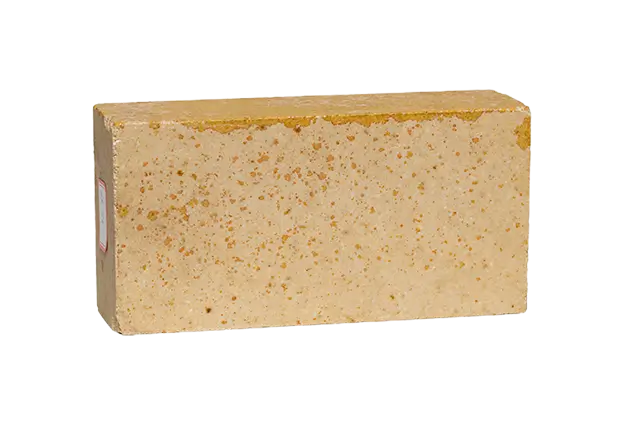When it comes to high-temperature applications, refractory bricks are like the unsung heroes of the industrial world. They bravely withstand extreme conditions, enabling processes that other materials would run from in sheer terror! In this article, I’ll share some unique advantages of these resilient materials as well as my tips on using them efficiently.
First and foremost, refractory bricks are specifically designed to resist high temperatures, often exceeding 1,200 degrees Celsius. This means they stay stable and durable, unlike some other materials that might melt away at the first hint of heat (looking at you, chocolate!).
Another fantastic feature of refractory bricks is their low thermal conductivity. They effectively insulate hot environments, helping save energy and costs. Imagine hosting a party where the heat doesn’t escape – that’s what these bricks do for your operation!
Refractory bricks are not just tough against heat; they also take on chemical bullies with ease. Whether it’s acids or alkalis, they stand tall, maintaining their integrity while protecting the surrounding structural materials. Talk about a protective layer!
Choosing the right type of refractory brick for your specific application is crucial. Just like choosing a pair of shoes for hiking - wearing sandals would likely ruin your adventure! Ensure you match the brick type to the temperature and chemical environment of your application.
Installation should never be rushed. Proper alignment and support will ensure that the bricks can withstand not just high temperatures but also physical stresses. Think of it as building a strong fortress; every stone counts!
Routine checks will help identify any wear and tear before they become significant issues. It’s akin to getting regular health check-ups – a stitch in time saves nine!
In closing, refractory bricks are indeed remarkable materials when used correctly. With their exceptional heat resistance, low thermal conductivity, and chemical robustness, they’re ideal for high-temperature applications. Just remember to select wisely, install properly, and keep an eye on their condition. With these best practices, you'll maximize their potential and keep your operations running smoothly. Now, isn’t that a hot topic?

